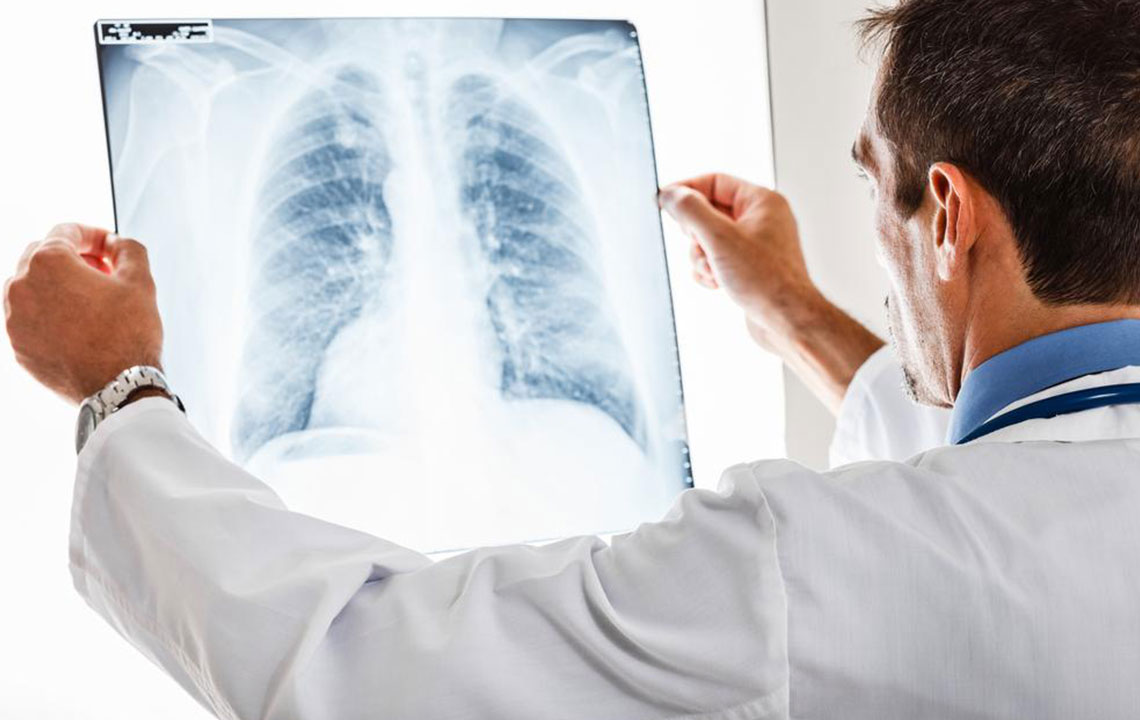Comprehensive Guide to Pulmonary Embolism: Causes, Symptoms, and Treatment
Learn about pulmonary embolism, including its causes, symptoms, risk factors, and treatment options. Recognizing early signs can save lives. Understand the importance of prompt medical attention and risk prevention measures for this life-threatening condition.

Understanding Pulmonary Embolism: Risks, Signs, and Management
Pulmonary embolism is a sudden, potentially fatal condition caused by blood clots blocking blood flow in the lungs. These clots often originate from deep veins in the legs and may form when circulation slows or becomes stagnant. Air bubbles, fat deposits from fractured bones, or amniotic fluid can also cause embolisms. Symptoms include sudden shortness of breath, chest pain worsened by activity, bluish skin, cough with blood, rapid heartbeat, and dizziness. Immediate medical treatment involves anticoagulants like heparin and oral medications to dissolve and prevent clots. Risks increase after long travel or surgery, emphasizing the need for awareness of symptoms and timely intervention.










